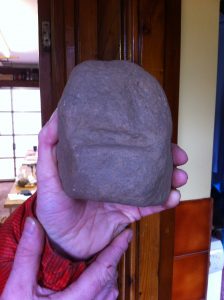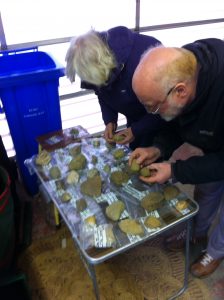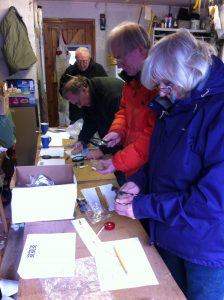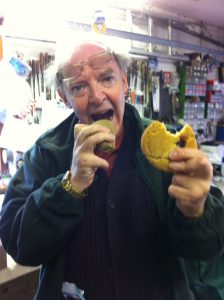Post-excavation work is long, varied, demanding, but ultimately rewarding. This is because the hours spent in the field are given shape and meaning by the identification and classificatation of finds and organization of data.
One of our recent digs has presented us with a new challenge in the form of 2000+ stones collected on site. These need to be classified and recorded so that a sample of them can then be assessed by an expert.
This is a steep learning curve for some of us. Identifying material type can be difficult enough in itself, because we cannot carry out any of the normal tests that would damage the find and compromise the information we might glean from it. We then have to determine, shape, size (they’re the easy bits), and whether there are features such as facets, incisions or polishing that suggest human use.
Thankfully, it gets easier as we go on and learn what to look for. There is also a steadily growing sense of satisfaction in handling and recognizing objects that were used by people thousands of years ago; fitting a stone between your fingers in just the way it would have been held. In this way we are illuminating the work of the dig and making a tangible link with pre-history at the same time.

Probably not a stone-age sculpture, but it does look like a smiley face, doesn’t it? Or have we just been doing this for too long?



